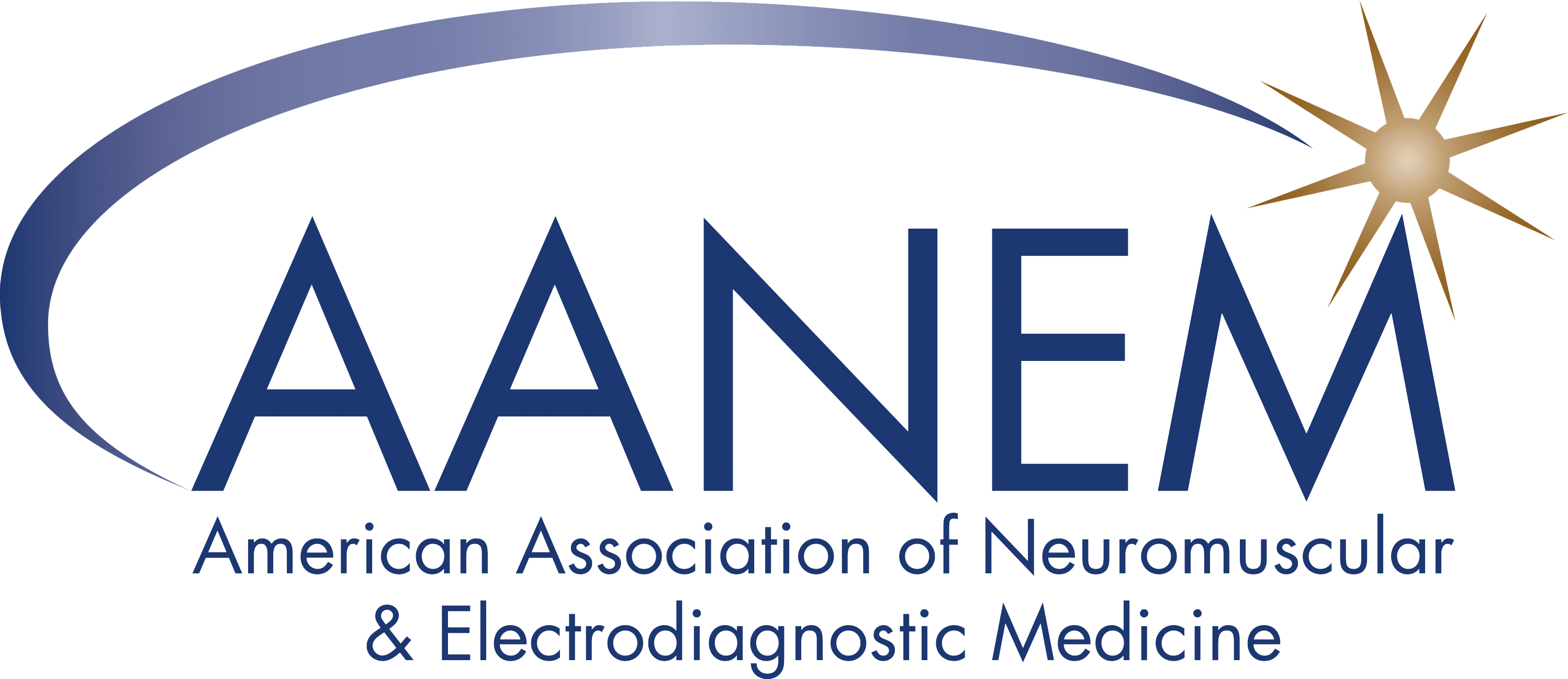Dystonia
What is Dystonia?
Dystonia is a movement disorder with sustained abnormal contraction of muscles resulting in abnormal posture of the involved body parts. It can affect different parts of the body including the neck, hand, foot, and back. It may affect a group of muscles, or the body. Dystonia is usually classified by the part of the body involved or the action involved. Examples of body parts involved in with dystonia are blepharospasm (involvement of the eyelid muscles), Oromandibular dystonia (involvement of the face, jaw and/ or tongue, and combination of these, as known as oral facial dystonia or Meige syndrome), torticollis (neck), focal limb dystonia (arm or leg). Task specific dystonia include writer’s and musician’s cramps. These last two types of dystonia usually involve just one type of activity, while other limb activities are not involved. As a disease, dystonia is felt to involve the basal ganglia, a part of the brain involved in the planning and execution of voluntary movements. Because the brain cells are not communicating correctly, excessive muscle contraction occurs resulting in the abnormal movements. Dystonia can also be part of other diseases such as Parkinson's disease, or as a reaction to certain medications.Who gets Dystonia?
Of all movement disorders, this is one of the most prevalent, after essential tremor and Tourette’s syndrome. In North America it is estimated that around 300,000 people of all races and ethnicities are afflicted. In most cases a normal, full life will be led. In severe cases where the dystonia affects the entire body, many activities of employment and independent living are impaired.How is Dystonia diagnosed?
The diagnosis is made based upon the clinical history provided by the patient and the clinical examination including electrodiagnosis. Neuroimaging studies, and laboratory studies are of utility in eliminating secondary causes of dystonia.How is Dystonia treated?
Medications and exercises have been used with some success to eliminate the pain and symptoms association with dystonia. Botulism toxin injections are of significant benefit in reducing the abnormal movements associated with many types of dystonia. While there is no cure, these treatments help to greatly improve function and comfort.
More Information
Dystonia Medical Research Foundation
National Institute of Neurological Disorders and Stroke
Help Fund Research
The foundation funds important research and helps support education through awards and fellowship funding. Donate today and 100% of your donation will be used to support these initiatives.
Find Support
AANEM's membership and accredited laboratory directories can help patients find qualified professionals for diagnosis and treatment.
Find a Doctor Find an Accredited Lab